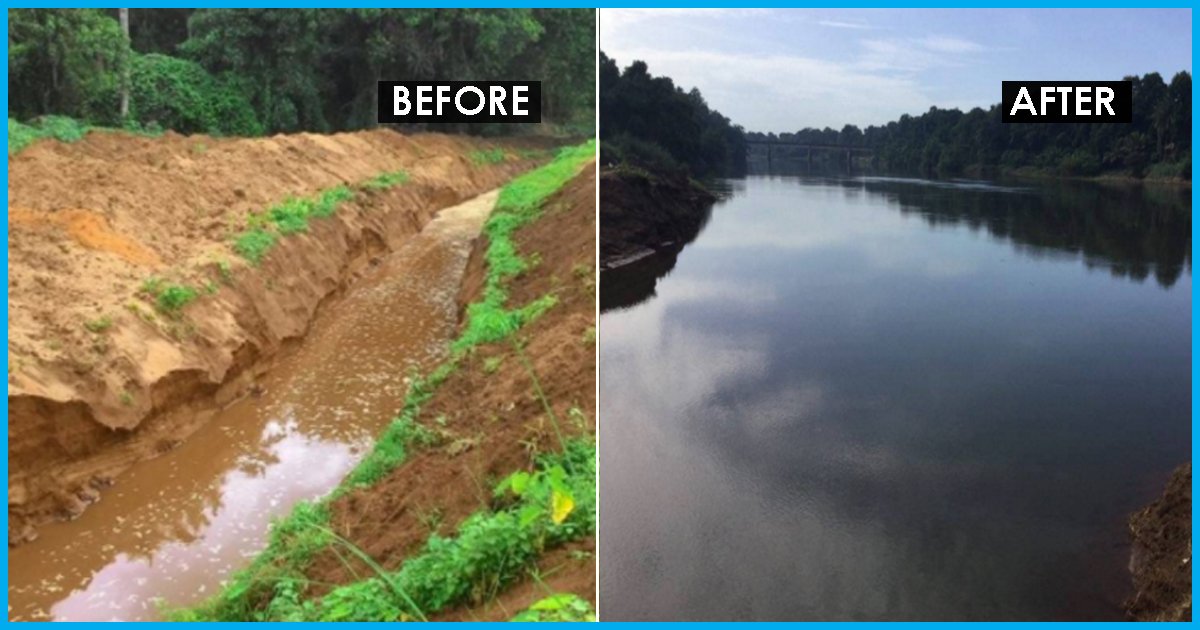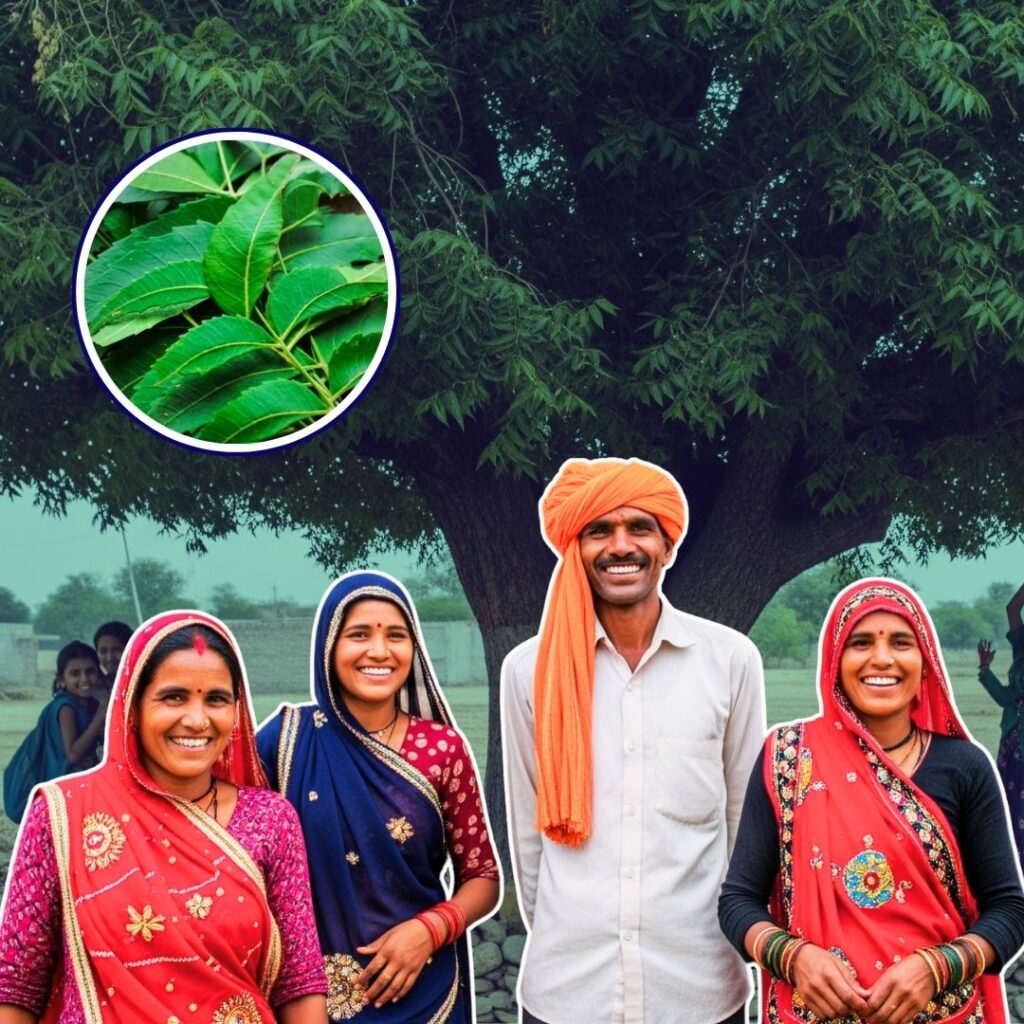Three-quarters of the surface of the Earth is made of water and so is the human body. Life on the planet cannot sustain without this essential resource. Yet, we tend to overlook its importance. Extensive agricultural activities, human encroachment, and urbanisation dry our rivers and before we realise, we face acute water shortages.
The same fate was met by Varattar, a tributary of the Pamba river in Kerala. Sand mining, human intervention and land encroachment altered the river into nothing more than wet patches of land.
However, when there seemed no turning back from the bleak reality, locals, government bodies and legislators of the state came together to revive the age-old river which was once the source of water for hundreds of households. Varattar also served as a natural flood control mechanism between two rivers by carrying the excess water both ways.
‘Varatte Aar’ – Let the river come
On May 29 began a two-phased campaign named ‘Varatte Aar’ which means ‘Let the river come’ in Malayalam. Inaugurated with a walk through the dry river, the initiative is aimed at rejuvenating 12 kms of the water body.
It was a Herculean task – one which needed the support and participation of all stakeholders as rivers cannot survive on their own; they need an organic coexistence with the society.
Community-based participation was the backbone of the entire project
The initiative, proposed by the Vice President of Eraviperoor panchayat four years ago, had the vision of Haritha Keralam (Green Kerala) and was headed by the state Chief Minister as Chairperson. It included ministers and experts from various fields who helped the locals in their endeavour.
When it first started 2 months ago, MGNREGS workers, Kudumbashree activists, students, locals, self-government institutions, and various others, evicted 12 acres of encroachments from a 4 km stretch of the river. Man-made structures constructed unscientifically along the river were removed through local-level consultations.
Varattar was brought back to life though the efforts of the locals
“There was a lot of work that needed to be done; still is. The plan to rejuvenate Varattar is decades old, and through these years there was a lot of encroachment on the path of the river. We had to coordinate with government bodies and clear the spaces. We took legal actions too wherever required,” said N Rajeev, the Vice President of Eraviperoor panchayat, to The Logical Indian.
Once the path was mostly cleared and the area was blessed with abundant monsoon rain during June, the river’s flow was revived.
Before rejuvenation After rejuvenation
“We still need to do a lot of work. As the river has got back its flow, we need to widen its breath for its survival,” said Murali Krishna, a resident of Pathanamthitta district.
The people celebrated the rejuvenation of Veratte with immense pomp. Local fishing nets and hooks were once again taken out after years.
Locals are now able to fish in the river The entire project was funded by the locals
The fund for the entire project was supplied by the locals, without any financial assistance from the state government. The villagers made a Whatsapp group which was used to account for daily records and coordinating campaign activities.
The project witnessed a unique social audit simultaneous with the work on the ground.
The government and local bodies provided their know-how and full support, but the people were the ones who did everything from scratch.
“Not even a single Rupee was taken from the state government. We have a Whatsapp group to coordinate everything. The progress is going on with a positive attitude with coordination from all stakeholders. Students from the district are also coordinating with us. In total, the people have collected Rs 10,58000,” said N Rajeev.
The cultural significance of Varattar
The Pamba river, of which Verattar is a tributary, is significant to Kerala’s cultural lineage. It hosts the annual vallamkai or snake boat race – a major tourist attraction and an important festival of the region.
Verattar was the main source of water and connected Pamba with the Manimala river.
Future plans of river rejuvenation In a Facebook post, Finance Minister of Kerala Dr Thomas Issac wrote, “What’s next on varatte aar? That was the subject discussed in the village assembly conducted on July 5. The meeting saw ministers reducing their talking time and giving the villagers a chance to put forth their suggestions…How to get back all this land? Everybody agreed to my suggestion – increase the width of the river to maximum. But it’s essential that this does not indulge inter-regional animosities. Those who are cultivating near the river, we will allow them to continue working till a survey to mark the boundaries is completed. The plan is to construct a 5 feet walking path with tiles on both the sides along the river.…











